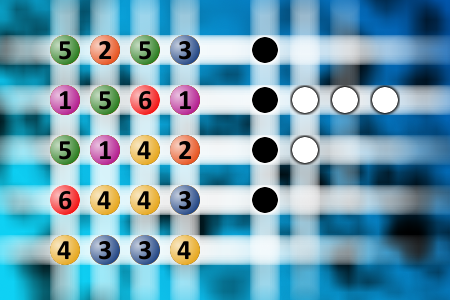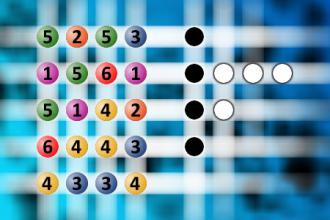What a winning combination?
The computer chose a secret code (sequence of 4 digits from 1 to 6). Your goal is to find that code. Black circles indicate the number of hits on the right spot. White circles indicate the number of hits on the wrong spot.Correct answers: 18
The first user who solved this task is Nasrin 24 T.
#brainteasers #mastermind

Mike Birbiglia: Fear the Most
I was living with a girl for a while. We worried about different things. One day, I was like, What do you fear the most? And she was like, I fear youll meet someone else, and youll leave me, and Ill be all alone. And she was like, What do you fear the most? And I was like, Bears.

